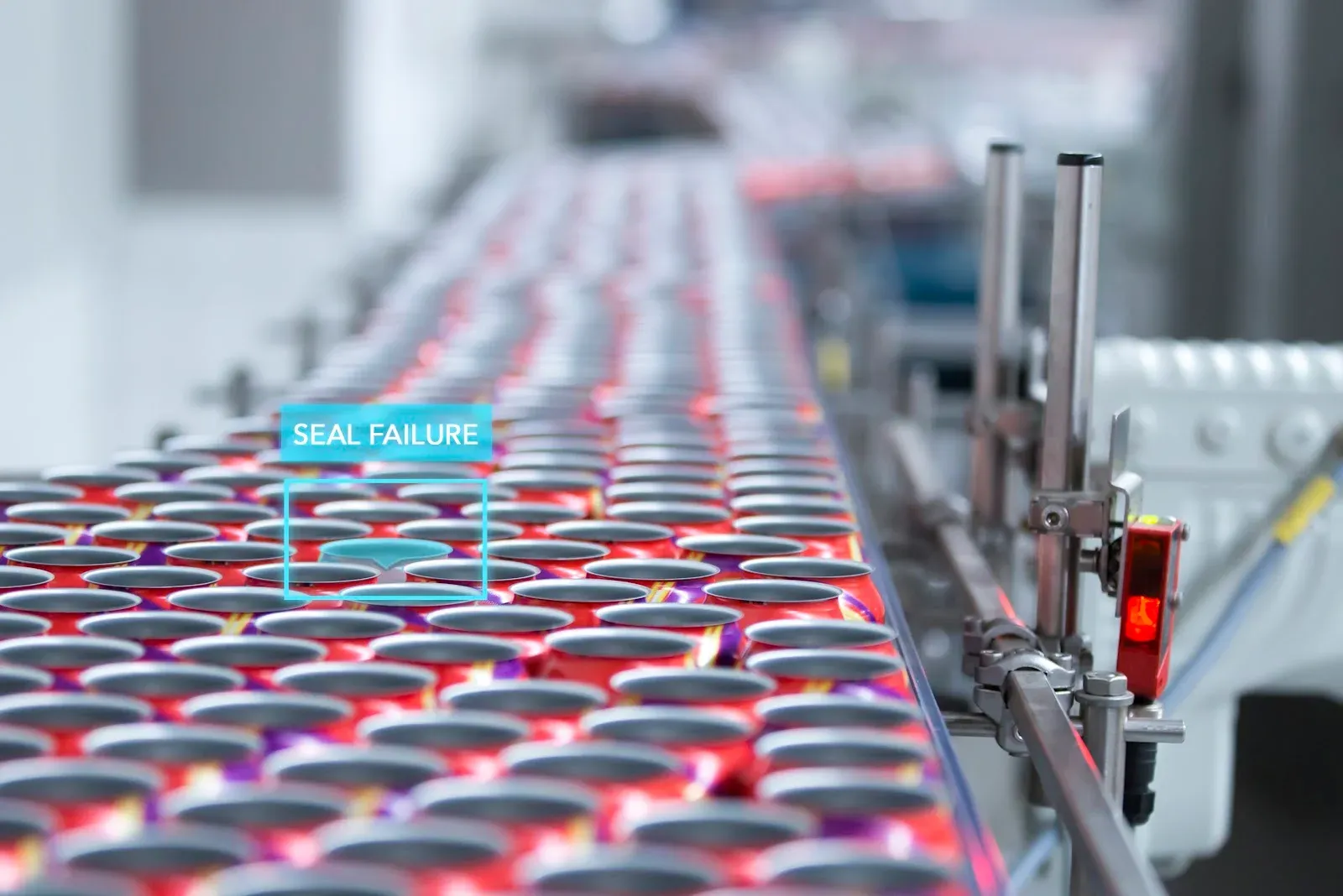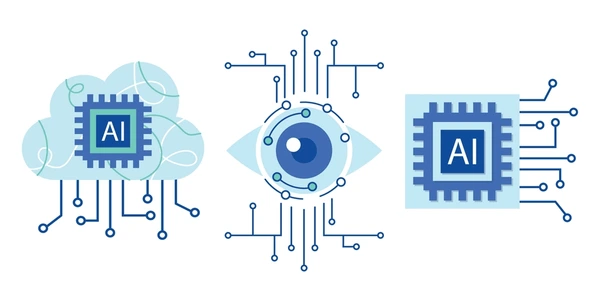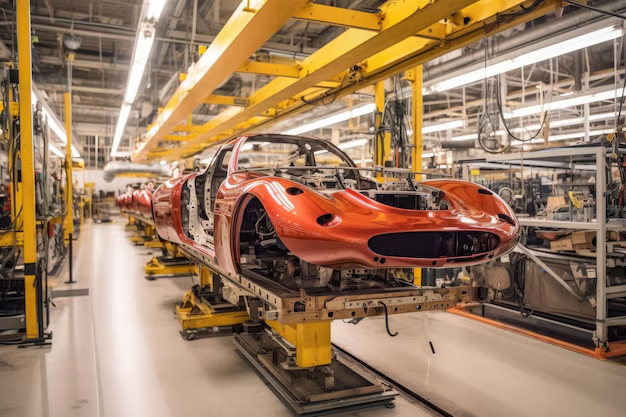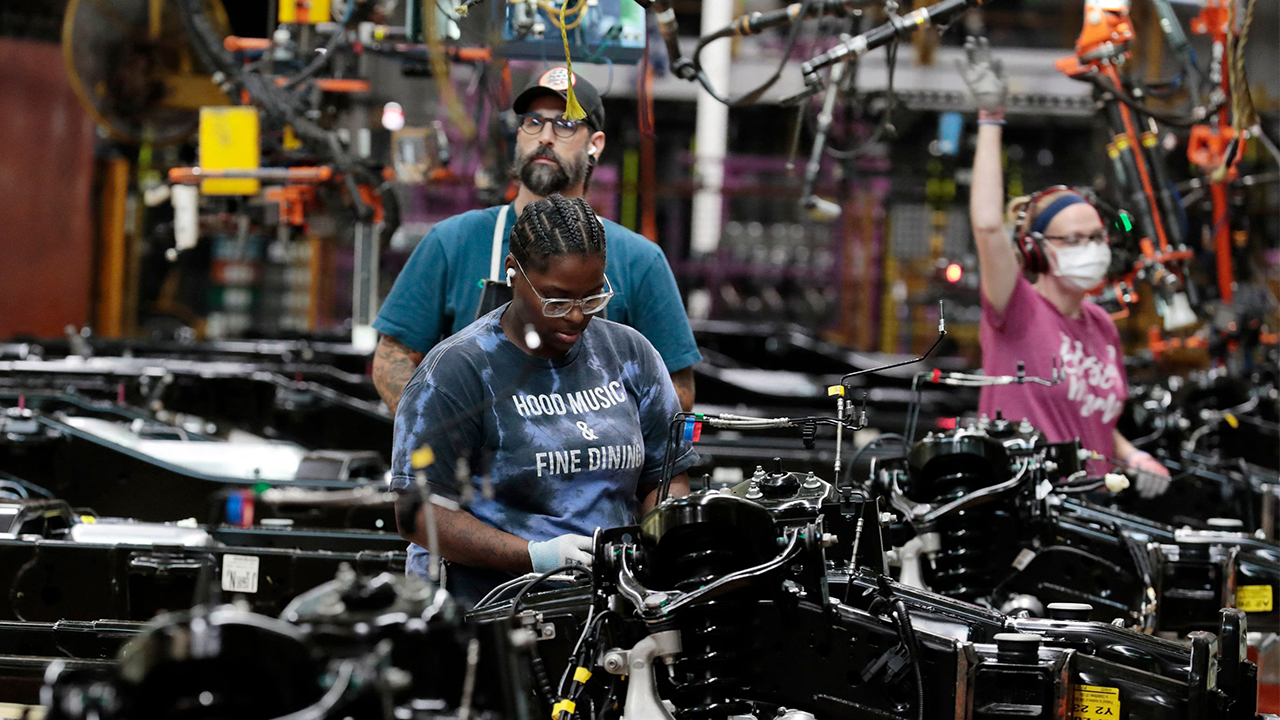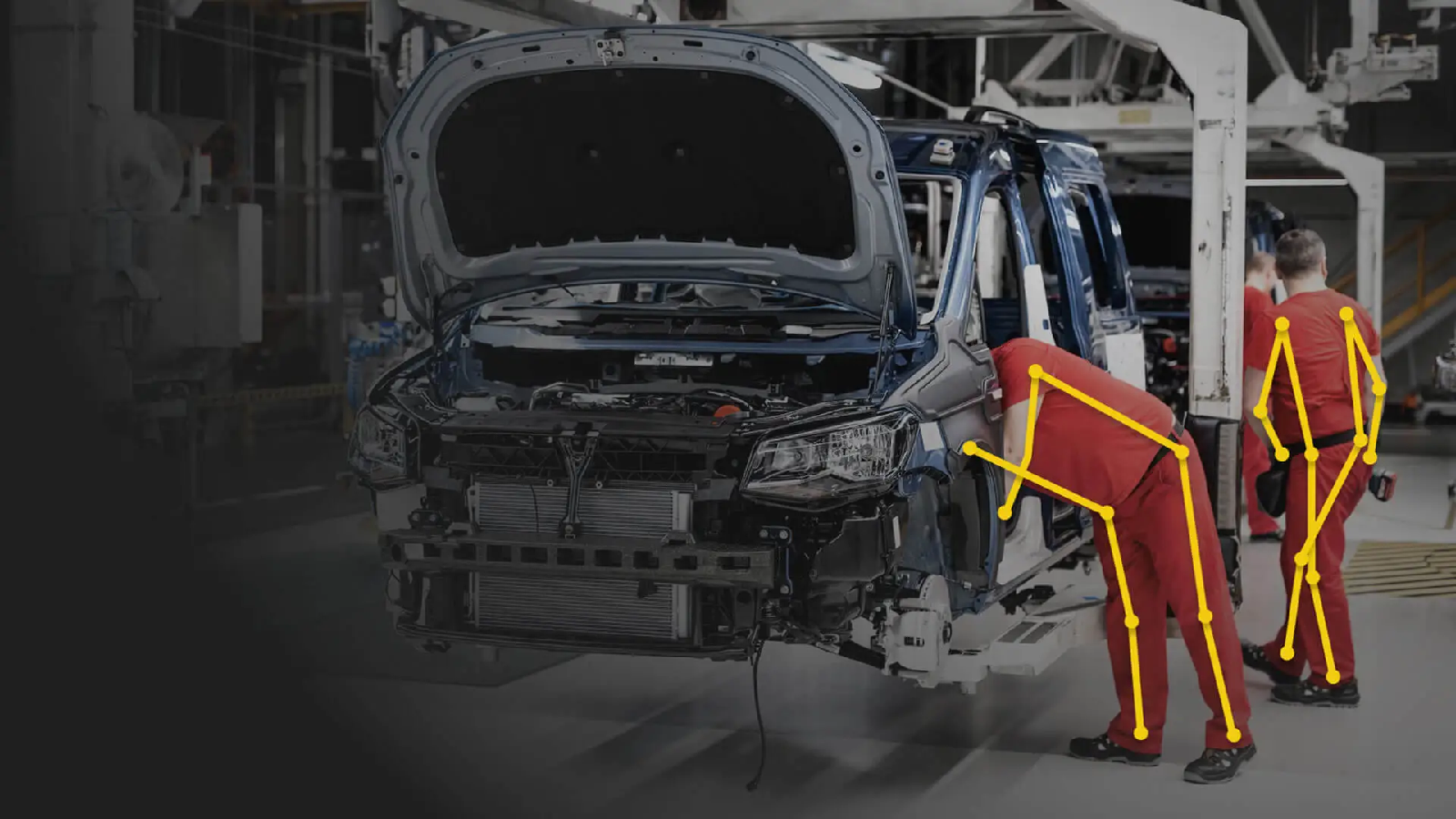In 1908 the Ford Model T was introduced to the world. The vehicle was one of the first mass production vehicles, allowing Ford to achieve his aim of manufacturing the universal car however from 1914 - 1925 it was only manufactured in black.
However, in today’s world, a car can be customized in a plethora of ways from transmission type to color to the speaker system installed in the car. In fact, there are now up to 40% more components per vehicle compared to 20 years ago. This added complexity adds opportunities for defects, given the increased complexity of the process.
To combat this, manufacturers are increasingly investing in advanced technologies such as computer vision to continue improving their efficiency and productivity while maintaining a high variety of products. While manufacturers are looking to techologies, such as AI, to improve efficiency and productivity, it’s not always an easy fix; complex processes can make it difficult to scale across lines and plants easily.
